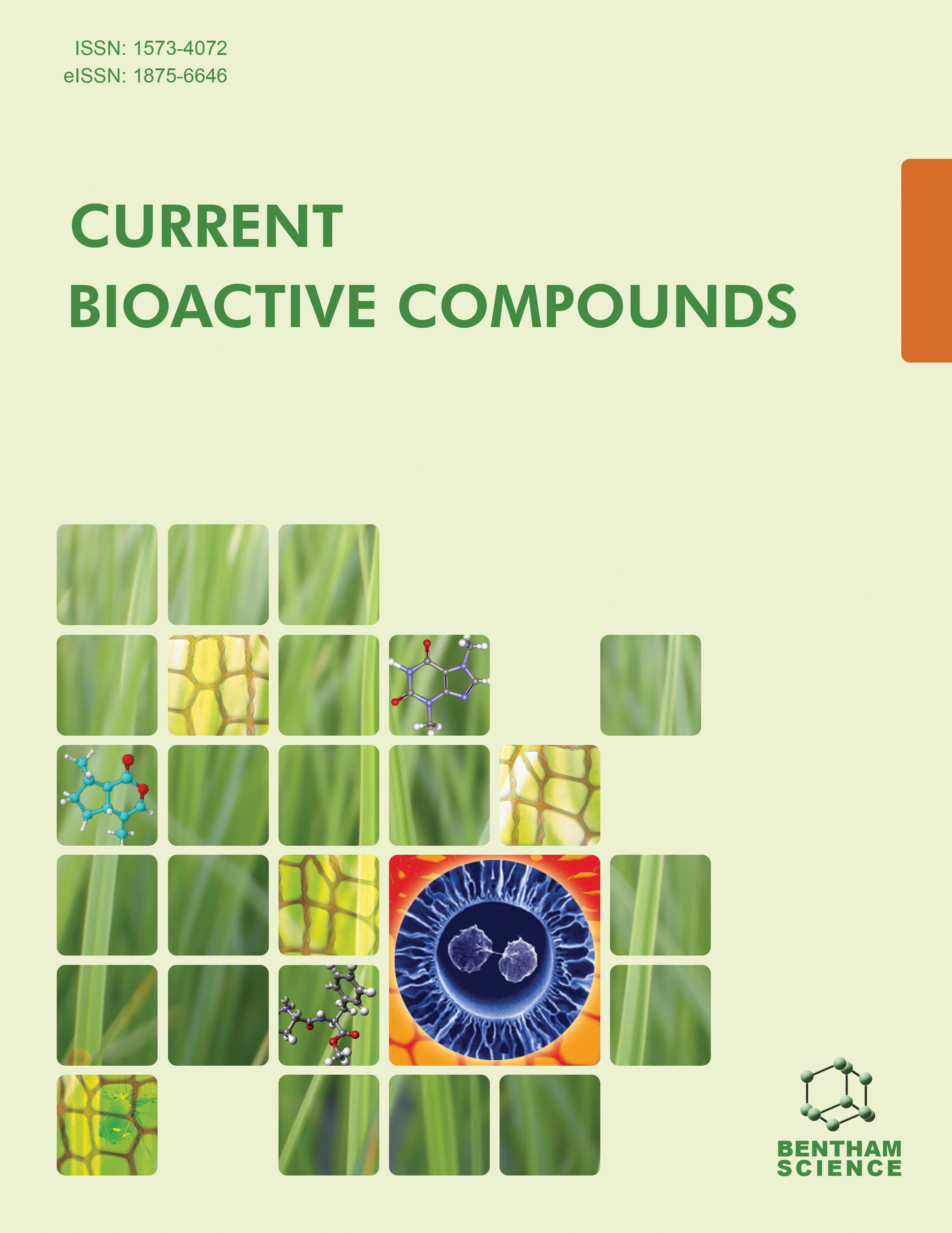
Full text loading...
We use cookies to track usage and preferences.I Understand
Antibiotic resistance has become a major public threat across the globe associated with human health. Some bacterial and fungal infections produce resistance, such as methicillin-resistant Staphylococcus aureus (MRSA), vancomycin-resistant Enterococcus faecium (VRE) and multidrug-resistant (MDR) species Acinetobacter baumannii etc. Tetrahydrocarbazoles (THCz) are a sub-class of indole alkaloids profoundly present in natural products and biologically active compounds and have displayed potential biological activities in literature. THCz exhibit potential antibacterial activities through major bacterial pathways like cell wall synthesis inhibition and DNA gyrase enzyme inhibition with DNA sliding clamp inhibitors and MreB inhibitors. These THCZ also showed significant in vitro antibacterial activities against bacterial-resistant species, such as MRSA, VRE and Acinetobacter baumannii (MDR) in literature. MTDL (Multi Target Direct ligand) approach has been significantly used for the design of THC motif-based antibacterial agents. In this review article, we collected literature on THCz as a potential antibacterial agent from 2014 to date. The review study of THC core-based derivatives found excellent in vitro antibacterial profiles and revealed that they can play a significant role in drug discovery and the development of new antibiotics against various infectious diseases.

Article metrics loading...

Full text loading...
References


Data & Media loading...

